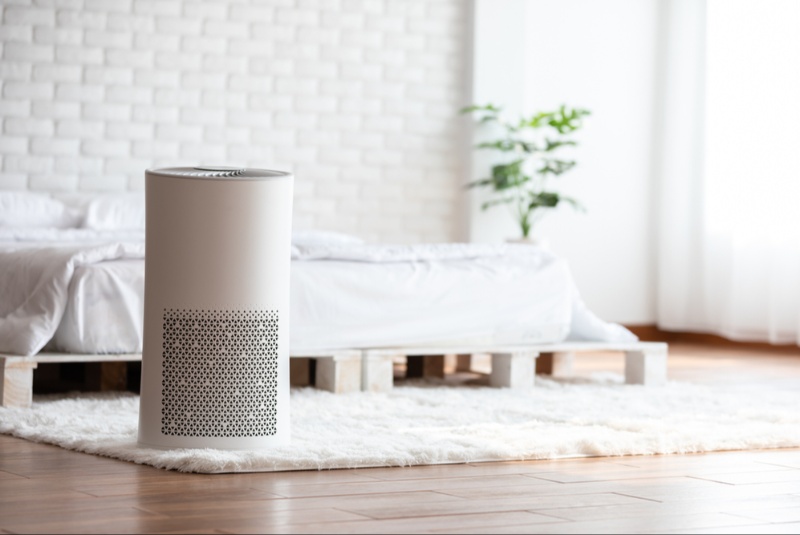Breathe in, breathe out. It’s a simple act that we repeat approximately 20,000 times every day. Yet, the quality of the air we breathe can significantly impact our health and well-being. Whether you’re combating allergies, trying to keep pollution at bay, or simply seeking to maintain a fresher environment indoors, an air purifier might be on your shopping list. This guide aims to streamline your purchasing journey, ensuring you bring home an appliance that’s perfect for your unique needs.
1. Know Your Needs: Why Do You Want an Air Purifier?
Different air purifiers excel at different tasks. Before diving into specifications and features, introspect about the primary reason for your purchase:
- Allergies: Look for purifiers effective against pollen, pet dander, and mold spores.
- Smoke: Useful for smokers or those living in wildfire-prone areas, some purifiers specialize in removing smoke particles.
- Chemical Sensitivities: If you’re sensitive to volatile organic compounds (VOCs) or other chemicals, you’ll want a purifier that’s adept at gas filtration.
- General Air Quality: Those living in urban locales might be looking for a device to reduce smog and common pollutants.
2. Familiarize Yourself with Filters: The Heart of the Purifier
Most purifiers use a combination of filters. Here are the most common ones:
- HEPA (High-Efficiency Particulate Air): This filter captures at least 99.97% of particles 0.3 microns or larger, such as pollen, dust, and some mold spores. A must-have for allergy sufferers.
- Activated Carbon: Excellent for removing gases, odors, and chemicals. This filter uses carbon particles to which harmful substances adhere.
- UV (Ultraviolet): Uses UV light to kill or neutralize airborne germs and bacteria. However, ensure it doesn’t produce ozone, which can be harmful.
- Ionizer: Releases negative ions that bond with positive ions (like dust) to make them heavier, causing them to fall. Again, ensure it doesn’t produce ozone.
3. Size Matters: Choosing the Right Capacity
It’s crucial to match the purifier’s size to your room for maximum efficacy. CADR (Clean Air Delivery Rate) is a standard measurement, denoting how many cubic feet of air the purifier can clean in a minute. Always pick a purifier with a CADR rating that matches or exceeds the volume of your room.
4. Noise Levels: Silence is Golden
Remember, this is an appliance you might run all day. Check its decibel (dB) rating. For context, a whisper is about 30 dB, while average home conversation is around 60 dB. Aim for a purifier that’s as quiet as possible without compromising efficiency.

5. Cost of Ownership: Beyond the Price Tag
While the initial cost is a significant factor, don’t overlook the long-term costs. Filters need replacement. A HEPA filter, for instance, can last anywhere between 6 months to 3 years, depending on usage. Factor in replacement costs and frequency when calculating the total expenditure.
6. Extra Features: The Icing on the Cake
Modern air purifiers often come packed with features:
- Air Quality Sensors: Measures air quality in real-time and adjusts settings accordingly.
- WiFi Connectivity and App Control: Allows remote operation and monitoring.
- Filter Replacement Indicators: Alerts you when it’s time for a change.
- Night Modes: Reduced light and noise settings for undisturbed sleep.
7. Safety First: Certifications and Recommendations
Before making your purchase, check for certifications. The California Air Resources Board (CARB) certification ensures the purifier doesn’t emit ozone. Also, look out for recommendations from organizations like the Asthma and Allergy Foundation of America (AAFA) and the Association of Home Appliance Manufacturers (AHAM).
8. Warranty and Customer Support
Last, but definitely not least, consider the product warranty. A longer warranty often indicates confidence in the product’s durability. Additionally, strong customer support can be invaluable if you face any hitches.
Your quest for cleaner air doesn’t have to be a labyrinthine journey. Understanding your needs, familiarizing yourself with filters, and keeping an eye on CADR ratings are pivotal steps. Once armed with this knowledge, you can confidently select an air purifier that will ensure each one of those 20,000 breaths you take daily is as clean and invigorating as nature intended.




